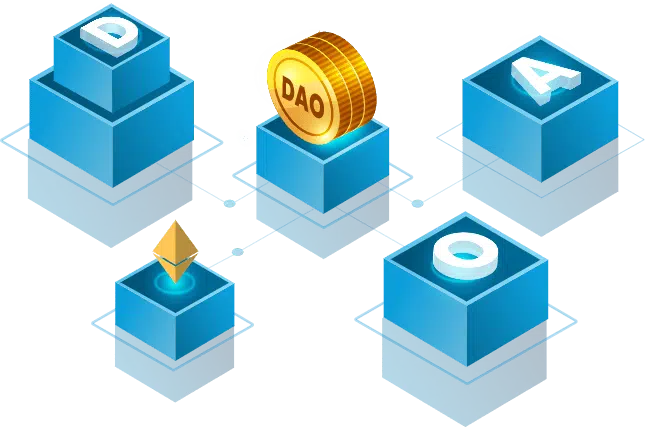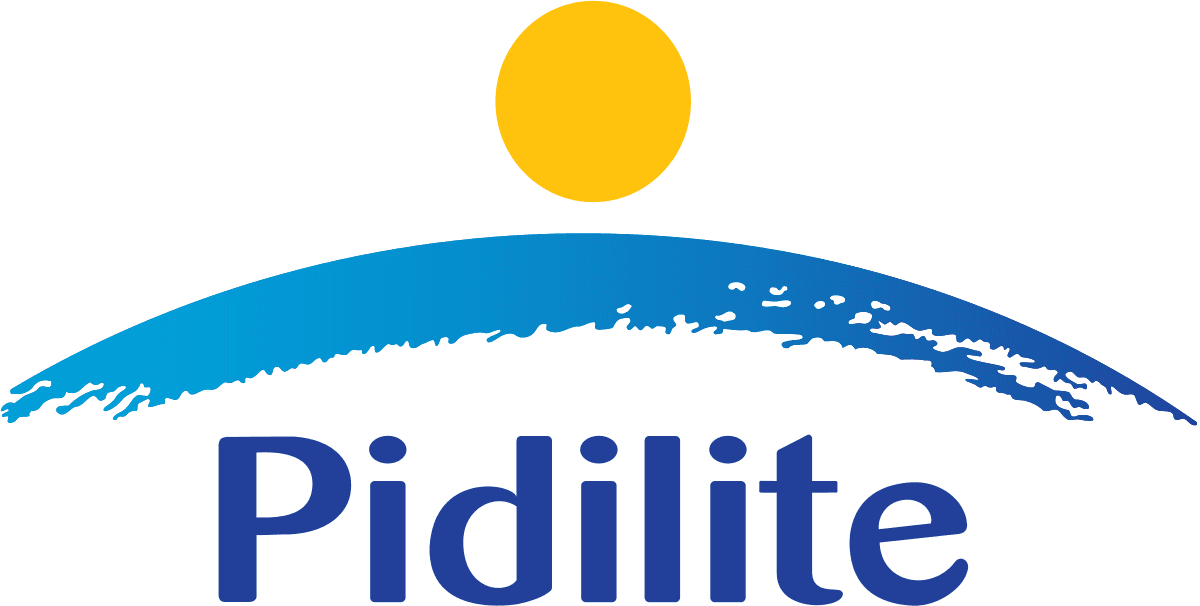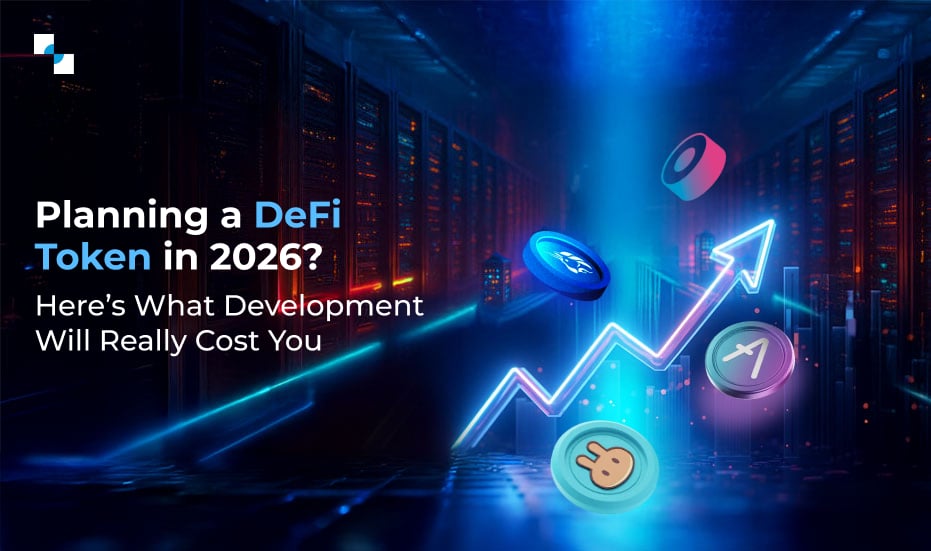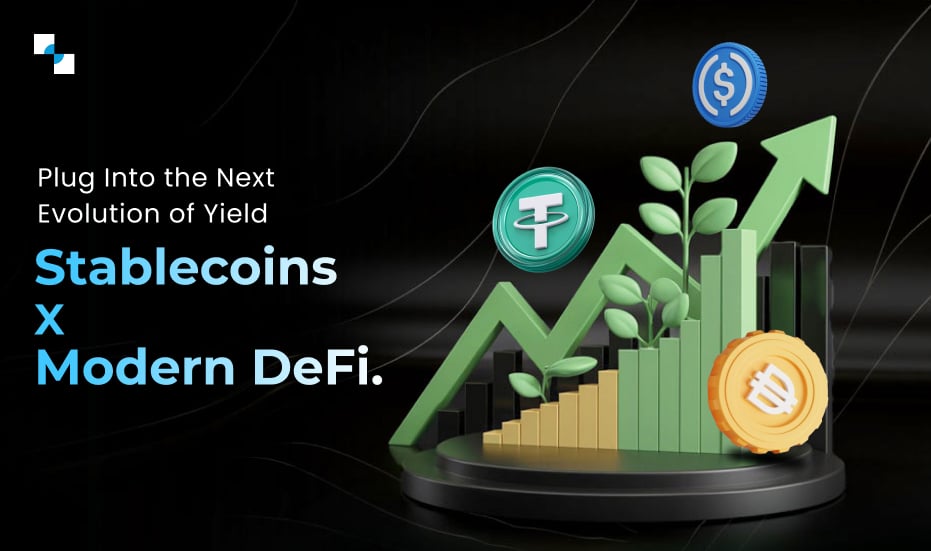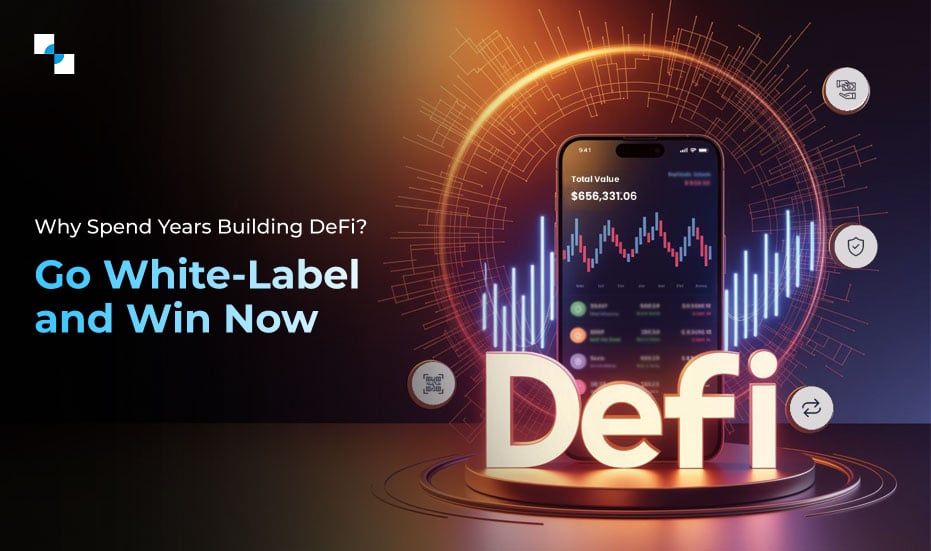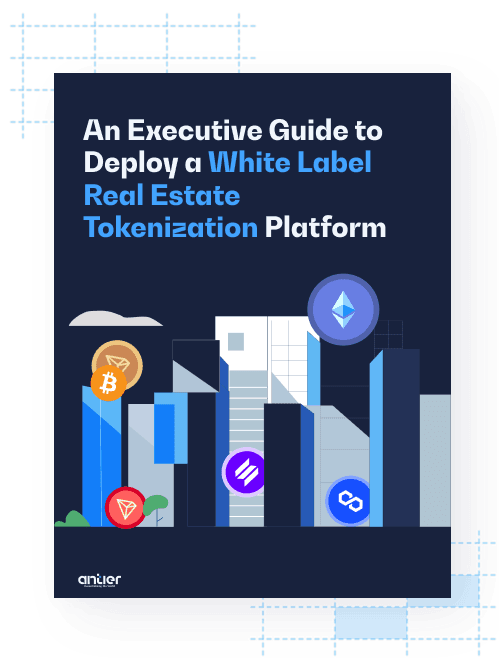Understanding Olympus DAO Development
Olympus is a decentralized reserve currency protocol that is responsible for the issuance and management of a fully backed, algorithmic, free-floating stable asset, OHM. Each OHM token is backed by a basket of assets (e.g. DAI, FRAX,LP) in the Olympus treasury, giving it an intrinsic value that it cannot fall below, which is arbitrarily $1. Olympus also introduces unique economic and game-theoretic dynamics into the market through staking and bonding.

Olympus DAO Development: Filling the Gaps in DeFi 1.0
DeFi 1.0 was based on liquidity mining. Simply put, liquidity mining is a mechanism where platforms reward users with their own native token in return for depositing resources that some other user may trade or borrow.
The issue is that these protocols are diluting their token supply in return for capital contributions, which are usually impermanent. So what happens is that individuals come in, commit their resources to the protocol, reap its benefits, and then withdraw both their resources and their rewards, dumping the native token in the market.
Regardless, despite the length, liquidity mining is a risky strategy to employ in DeFi. It waters down the supply of a project and draws money from mercenary users
As a result, a number of new projects are abandoning liquidity mining (which was employed largely in DeFi 1.0) in favour of exploring new substitutes.
Olympus DAO: Gateway to DeFi 2.0
As a community-owned decentralized financial infrastructure, Olympus aims to bring more stability and transparency for the world. By building a DAO like Olympus, businesses can embark their entry into DeFi 2.0 and avail the following benefits.
Consistent with the staking mechanisms that underpin alternative DeFi protocols, users are rewarded based on the amount of OHM tokens they stake. By promising a high rate of return (APY), Olympus encourages its supporters and investors to buy more OHM from the market or act on more bonding from the protocol.
A confluence of these factors help keep the price of OHM high and mitigate against the protocol needing to redeem any liquidity from the pool.
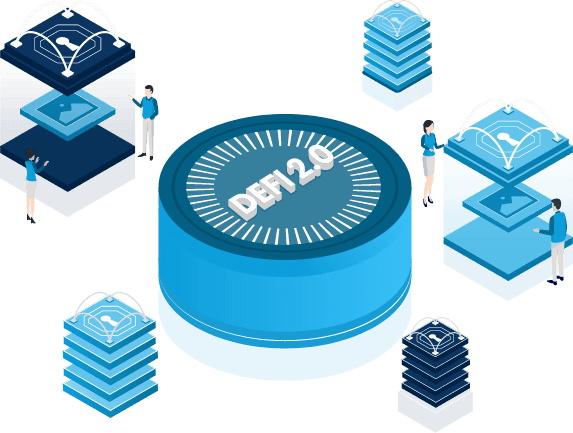
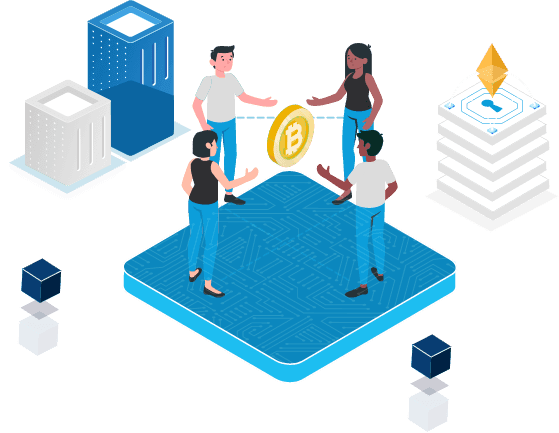
By providing you the gateway to DeFi 2.0, Olympus addresses the following issues in DeFi 1.0:
- Many DeFi protocols suffer from a lack of long-term, practical incentives for liquidity providers outside of distributing LP tokens.
- Providing liquidity to a pool requires a lock-up of funds and their total value.
- DeFi platforms that experience high periods of network activity can often suffer from data congestion.
- Consistent with the issues outlined by the blockchain trilemma, many DeFi platforms sacrifice decentralization to allow for higher levels of scalability and security.
- Financial services that depend on external or off-chain information need a higher quality of third-party data sources (oracles) than what is currently available in web3.




